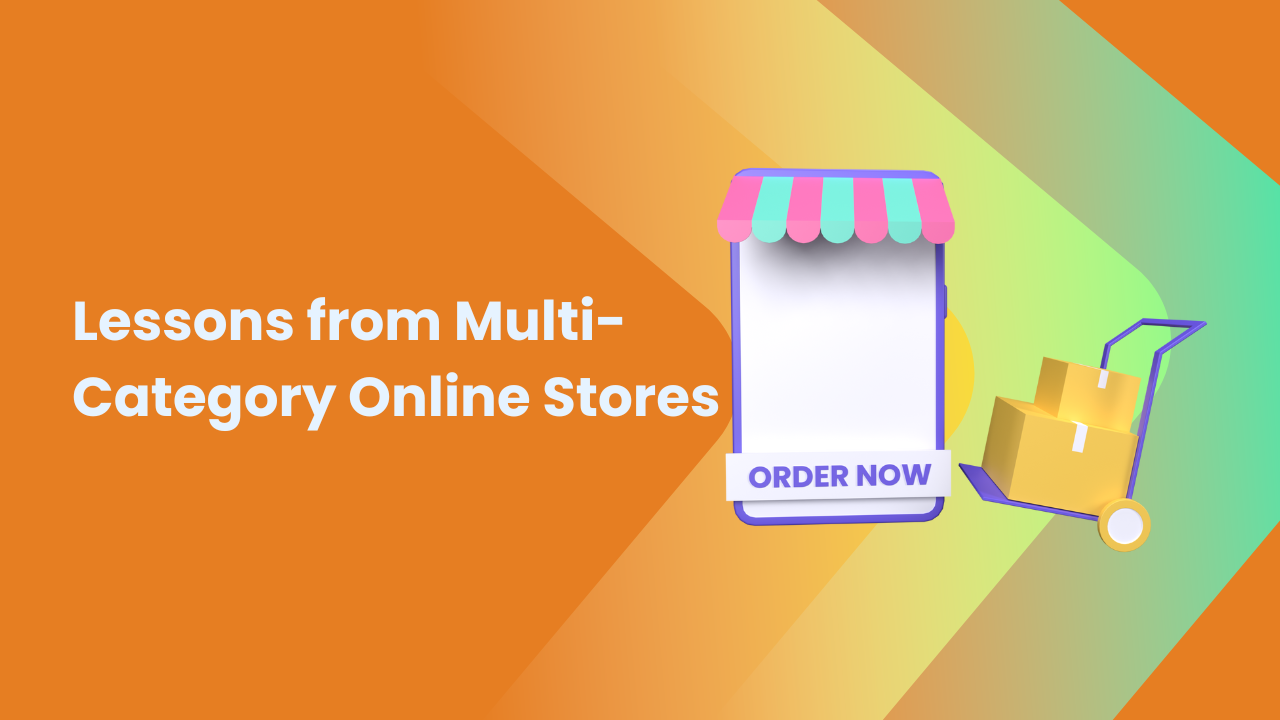Share this Article
Introduction
As digital transformation accelerates globally, businesses in Nepal can no longer afford to overlook the importance of mobile-first eCommerce. The increasing penetration of smartphones and the growing reliance on mobile devices for online shopping have made a mobile-first approach an indispensable strategy. Instead of being merely an option, it has become an essential requirement for businesses aiming to thrive in Nepal’s evolving digital marketplace.
The Growth of Mobile Commerce in Nepal
Nepal has experienced a significant surge in mobile phone usage, with a large percentage of the population accessing the internet primarily through smartphones. According to reports from the Nepal Telecommunications Authority (NTA), over 90% of the population has access to mobile phones, and the number of internet users continues to rise steadily. The affordability of smartphones and mobile data has played a crucial role in this expansion, making mobile platforms the preferred choice for digital transactions.
Evolving Consumer Behavior in Nepal
Nepali consumers are increasingly dependent on mobile devices for daily activities, including browsing social media and shopping online. Well-known platforms like Daraz, SastoDeal, HamroBazar, and Foodmandu have successfully built trust in mobile commerce, showcasing its potential. Businesses must now cater to the expectations of mobile-savvy consumers by delivering seamless and optimized mobile experiences.
Key shifts in consumer behavior include:
- A growing preference for mobile apps over desktop websites for shopping.
- The rising influence of social commerce through platforms like Facebook, Instagram, and TikTok.
- Increased adoption of digital payment solutions such as eSewa, Khalti, and IME Pay.
- Higher demand for user-friendly mobile interfaces and faster transactions.
The Impact of Mobile-First eCommerce on Business Growth
- Enhanced User Experience (UX): A mobile-first strategy ensures websites and apps are designed for smooth, intuitive navigation. Features such as touch-friendly interfaces, quick-loading pages, and effortless checkout processes significantly improve customer satisfaction and boost conversion rates.
- Improved Search Engine Rankings: Search engines like Google prioritize mobile-optimized websites in their rankings. Businesses that fail to make their platforms mobile-friendly risk losing visibility and potential customers.
- Increased Sales and Conversions: A well-optimized mobile shopping experience leads to higher engagement, fewer abandoned carts, and an overall boost in sales revenue.
- Expanding Market Reach: Many Nepali consumers, particularly in rural areas, primarily access the internet via mobile phones. By adopting a mobile-first strategy, businesses can tap into these previously underserved markets and expand their customer base.
Challenges in Implementing Mobile-First eCommerce in Nepal
Despite the numerous advantages, Nepali businesses face several obstacles in executing a mobile-first approach:
- Limited digital literacy: A significant portion of consumers and small business owners are still unfamiliar with mobile commerce.
- Inconsistent internet connectivity: While improving, network coverage remains unreliable in some rural regions, affecting the mobile shopping experience.
- Security concerns: Many users are wary of online transactions due to fears of fraud and cyber threats.
- Logistical and delivery constraints: Efficient last-mile delivery remains a significant challenge within Nepal’s eCommerce ecosystem.
Strategies for Successful Mobile-First eCommerce Adoption
To successfully transition to mobile-first eCommerce, businesses in Nepal should implement the following strategies:
- Optimizing Mobile User Experience:
- Adopt responsive design to ensure compatibility across various screen sizes.
- Focus on fast-loading web pages to reduce bounce rates and retain visitors.
- Simplify checkout processes to enhance user convenience.
- Leveraging Mobile Payment Solutions:
- Integrate widely-used digital wallets like eSewa, Khalti, and mobile banking services.
- Provide cash-on-delivery (COD) options for customers who prefer offline payments.
- Capitalizing on Social Commerce:
- Utilize social media platforms such as Facebook Marketplace, Instagram Shopping, and TikTok to drive sales.
- Engage customers with interactive content, live selling, and influencer marketing.
- Enhancing Digital Security Measures:
- Educate consumers about safe online shopping practices to build trust.
- Implement secure payment gateways and encryption technologies to protect user data.
- Strengthening Logistics and Delivery Services:
- Partner with reliable courier services to ensure timely deliveries.
- Offer real-time order tracking options to enhance customer confidence.
Conclusion
As Nepal’s digital landscape continues to evolve, embracing a mobile-first eCommerce strategy is not just a competitive advantage but a necessity. With the increasing number of mobile internet users, businesses must prioritize mobile-friendly platforms to stay relevant, drive sales, and foster customer loyalty. By addressing the challenges and adopting effective mobile commerce strategies, Nepali businesses can unlock new growth opportunities, ensuring long-term success in the digital economy.
Categories:
E-commerce Tips & Tutorials
Tags:
MobileCommerceNepal







